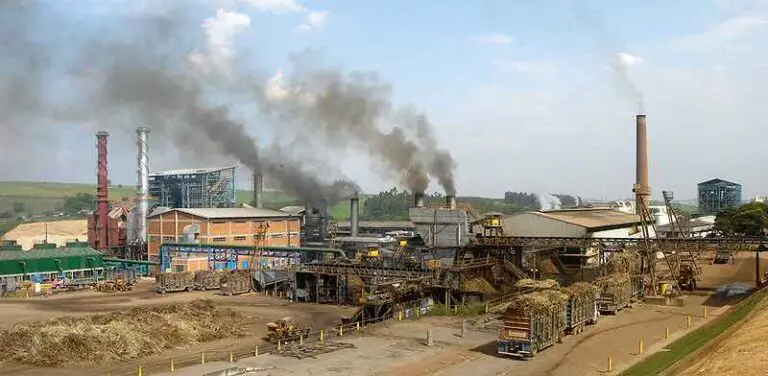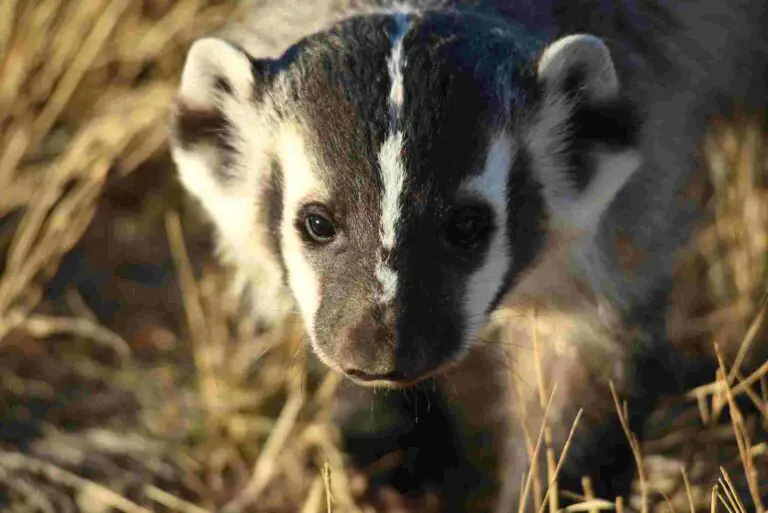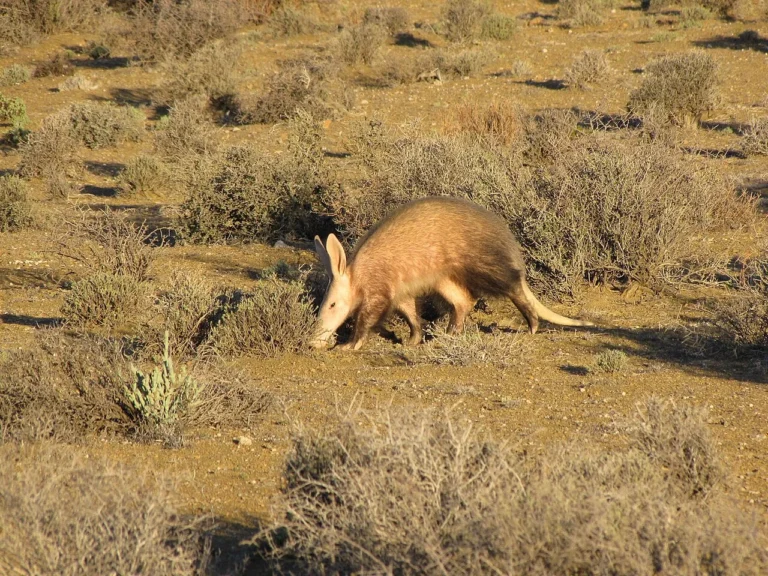5 Benefits of Biodynamic Farming Explained
Benefits of biodynamic farming are; high-quality products, resource conservation, minimal environmental impact, biodiversity enhancement, and socioeconomic improvement.
This article discusses the benefits of biodynamic farming, as follows;
1). High-Quality Products (as one of the Benefits of Biodynamic Farming)
In biodynamic farming, all factors of agricultural production are usually optimized.
This includes air quality, water and soil quality, fertility, and ecological sustainability.
The use of organic materials and methods like composting to meet the needs of biodynamic farms, ensures that soil is fertile and of high quality for crop growth [1]. Biodynamic farming also avoids synthetic chemicals and other materials that have negative environmental impact, and that may introduce toxins into agricultural products.
Processes like carbon sequestration are enhanced through biodynamic farming. Such processes improve the soil’s performance as a carbon sink, and increase the concentration of soil organic carbon (SOC), which is essential for growth.
Since livestock depend heavily on plants for their survival, high-quality soil will imply high-quality crop and livestock products.
It is important to clarify that the yields in biodynamic farming are not large-volume or large-scale, especially when compared to other concepts of sustainable farming like permaculture and organic farming.

2). Resource Conservation
In order to mitigate environmental degradation, and operate the farm as a closed and self-sustaining ecosystem, biodynamic farming encourages the careful conservation of available resources.
Biodynamic farming functions in unison with soil conservation and water conservation practices to reduce the depletion and/or degradation of these resources.
Soil conservation can be achieved through cover cropping, crop rotation, contour farming, and similar measures that reduce the risk of soil erosion and desertification, among other problems.
These measures preserve and optimize soil structure, moisture retention, nutrient composition, and biodiversity including microbes, earthworms and insects which help build, modify and fortify the soil.
Other measures to conserve resources in biodynamic farming include the recycling of organic waste (biomass) through waste-to-energy processes like gasification, torrefaction, anaerobic digestion and pyrolysis; which achieve energy recovery by converting these waste materials to bioenergy.
Biorefinery facilities can be installed on biodynamic farms and used to produce biofuel from agricultural waste, thereby reducing the amount of waste energy and the rate of resource depletion on the farm.
Natural recycling through biodegradation also helps to conserve resources on biodynamic farms, and can be facilitated by composting and organic mulching to convert organic matter into soil nutrients.
3). Minimal Environmental Impact (as one of the Benefits of Biodynamic Farming)
Reduction of environmental impact is a major objective of biodynamic farming.
The practice of biodynamic farming mitigates environmental impacts because it involves a systematic approach that seeks to align the farm with the conditions of the natural ecosystem and ecologic cycles [3].
Biodynamic farming can reduce the risk of natural hazards like wildfires, through careful maintenance of the environment, as well as by addressing the manmade influential factors like climate change, global warming and heat waves, that facilitate such hazards.
Through effective soil conservation, biodynamic farming reduces the risk of soil erosion and mass movement. By avoiding synthetic chemicals, pollution risk is also mitigated.
4). Biodiversity Enhancement
Biodynamic farming enhances biodiversity by helping to establish ecologic sustainability and self-sufficiency on the farm.
These conditions support the survival and thriving of various species of plants and animals, thereby improving biodiversity on the farm.
An alternative way to state it is that biodynamic farming enhances biodiversity by establishing natural recycling and flow of bioenergy through the ecologic pyramid.
The effect of biodynamic farming on biodiversity is similar to that of organic farming, which is estimated to increase biodiversity by up to 30% [2].
Reducing chemical usage and its associated toxicity is another means by which biodynamic farming enhances biodiversity.
Although these effects are mostly restricted to the farm, they may also influence surrounding areas and boost the productivity of nearby natural ecosystems like forests and grasslands.
5). Socioeconomic Improvement (as one of the Benefits of Biodynamic Farming)
Biodynamic farming improves public health by providing high-quality organic food products to the general public.
The high demand for labor in biodynamic farming implies that it is capable of creating multiple jobs. By conserving and recycling resources, it also supports circular economy establishment, and can optimize the value of export for the agricultural sector.
Because of its sustainability, biodynamic farming preserves and even increases the value of land resources, ensuring that they can be subsequently used for other profitable purposes aside agriculture.
Lastly, the economic and nutritional gas that is filled by biodynamic farming can help address humanitarian problems like food insecurity and hunger.

Conclusion
Benefits of biodynamic farming are;
1. High-Quality Products
2. Resource Conservation
3. Minimal Environmental Impact
4. Biodiversity Enhancement
5. Socioeconomic Improvement
References
1). Gautam, P.; Lal, B.; Rana, R. (2014). “Biodynamic Farming- An Occult Form of Organic Farming.” Available at: https://www.academia.edu/21087382/Biodynamic_Farming_An_Occult_Form_of_Organic_Farming. (Accessed 15 October 2022).
2). Rundlöf, M.; Smith, H. G.; Birkhofer, K. (2016). “Effects of Organic Farming on Biodiversity.” eLS (pp.1-7). Available at: https://doi.org/10.1002/9780470015902.a0026342. (Accessed 14 October 2022).
3). Venkatesh, P.; Lakshimipathy, M.; Kumar, P. A. (2015). “Sustainability of environment through biodynamic agriculture.” Available at: https://doi.org/10.15740/HAS/AJES/10.1/50-56. (Accessed 15 October 2022).




